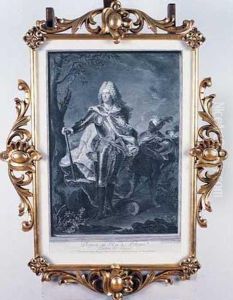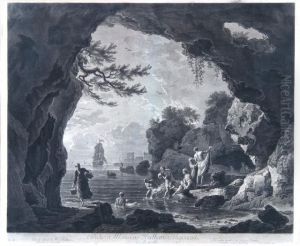Jean-Joseph Balechou Paintings
Jean-Joseph Balechou was a French engraver born in Arles in 1715. He is notable for his contributions to the art of engraving during the 18th century, a period that saw significant developments in the technique and artistry of printmaking. Balechou's career began after he moved to Paris, where he was initially trained in the basics of engraving. His skills quickly surpassed those of a mere apprentice, and he soon established himself as a master of the craft.
Balechou's work was characterized by its fine detail, clarity, and expressive quality, which he achieved through meticulous technique and a deep understanding of the interplay between light and shadow. He specialized in creating engravings after paintings by contemporary and preceding artists, thereby playing a crucial role in disseminating the works of painters to a broader audience. This was a common practice at the time, as engravings were the primary means of reproducing artworks for those who could not access the originals.
Throughout his career, Jean-Joseph Balechou received notable commissions that solidified his reputation among the French art community. He was admitted to the Royal Academy of Painting and Sculpture in 1741, a recognition that marked the peak of his career and acknowledged his contributions to the art of engraving. However, his relationship with the Academy and other institutions was not without controversy, often stemming from his outspoken personality and conflicts with other members.
Despite the challenges he faced, Balechou's work remained in high demand, and he produced engravings of works by some of the most celebrated artists of his time. His prints are considered important historical documents today, providing insights into the artistic and cultural milieu of 18th-century France.
Jean-Joseph Balechou died in Avignon in 1765. His legacy is preserved through his engravings, which continue to be studied and admired for their technical excellence and artistic beauty. Balechou's contribution to the development of engraving as a respected art form in its own right has ensured his place in the history of French art.


